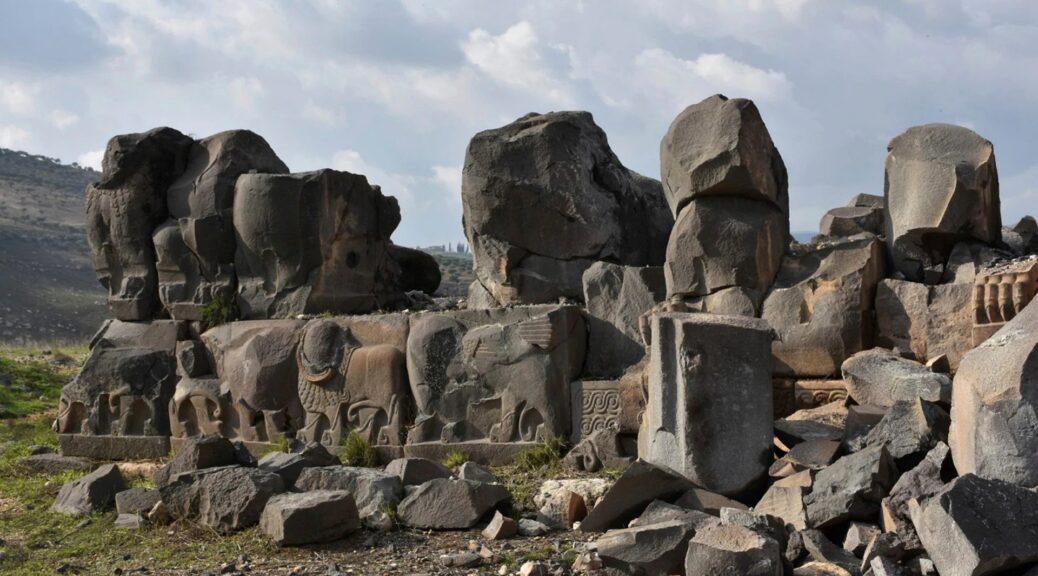Turkish bombing damages 3,000-year-old temple in northern Syria
According to a monitoring group and the Syrian government, Turkish airstrikes against Kurdish forces have partially damaged the 3,000-year-old temple in northern Syria.
Cultural Heritage Initiatives of the American Schools of Oriental Research collaboration has been monitoring the destruction of monuments during the war in Syria.
The temple of Ain Dara, just south of Afrin, was “extremely damaged” according to the latest update of the group
The temple was built by a group of people known as the Aramaeans in the early first millennium B.C., after the collapse of the Hittite Empire, at a time when civilizations in the region were emerging from the Bronze Age and entering the Iron Age.
Ain Dara’s walls are made up of basalt orthostats — massive, slab-like architectural blocks — that are elaborately carved on the interior and exterior with geometric designs, floral patterns, mythical creatures and animals like lions.
The limestone pavings in the doorways between the temple’s chambers (the antecella and cella) were decorated with gigantic footprints, every 3 feet (0.9 meters) in length.
Some biblical scholars have argued that the temple’s layout and decorations resemble descriptions of King Solomon’s fabled temple in scripture.

Photos taken after the airstrike show that a large portion of Ain Dara is now covered in rubble.
“The airstrike hit in the area of the doorway between the antecella and cella, causing heavy damage to the central and southeastern portions of the building,” ASOR representatives wrote in the update. “Many of the orthostats, which were already fragile due to decades of exposure to weathering, have been blasted into fragments.
“The limestone pavings of the antecella and cella have also been badly damaged,” the ASOR report added. “Metal fragments, including a piece that may be a stabilizing fin from the bomb or missile used in the attack, were recovered in the area. The satellite imagery reveals that the rest of the mound was unharmed by the airstrike.”
The independent Syrian Observatory for Human Rights, which is monitoring the war, also posted pictures of the site saying the ruins were “destroyed by shelling of the Turkish warplanes.”
The Syrian government’s antiquities department issued a call for international pressure on Turkey “to prevent the targeting of archaeological and cultural sites” in Afrin.
Turkey has led an assault on the Syrian Kurdish enclave Afrin, according to the Associated Press.
The city is held by the People’s Protection Units, a Kurdish militia known as the YPG, which Turkey considers a terrorist group and a threat to its security; the United States has considered the YPG an ally in the fight against ISIS, Reuters reported.
The Syrian Observatory for Human Rights said at least 55 civilians had been killed since the offensive, dubbed operation “Olive Branch,” began, Agence France-Presse reported.
